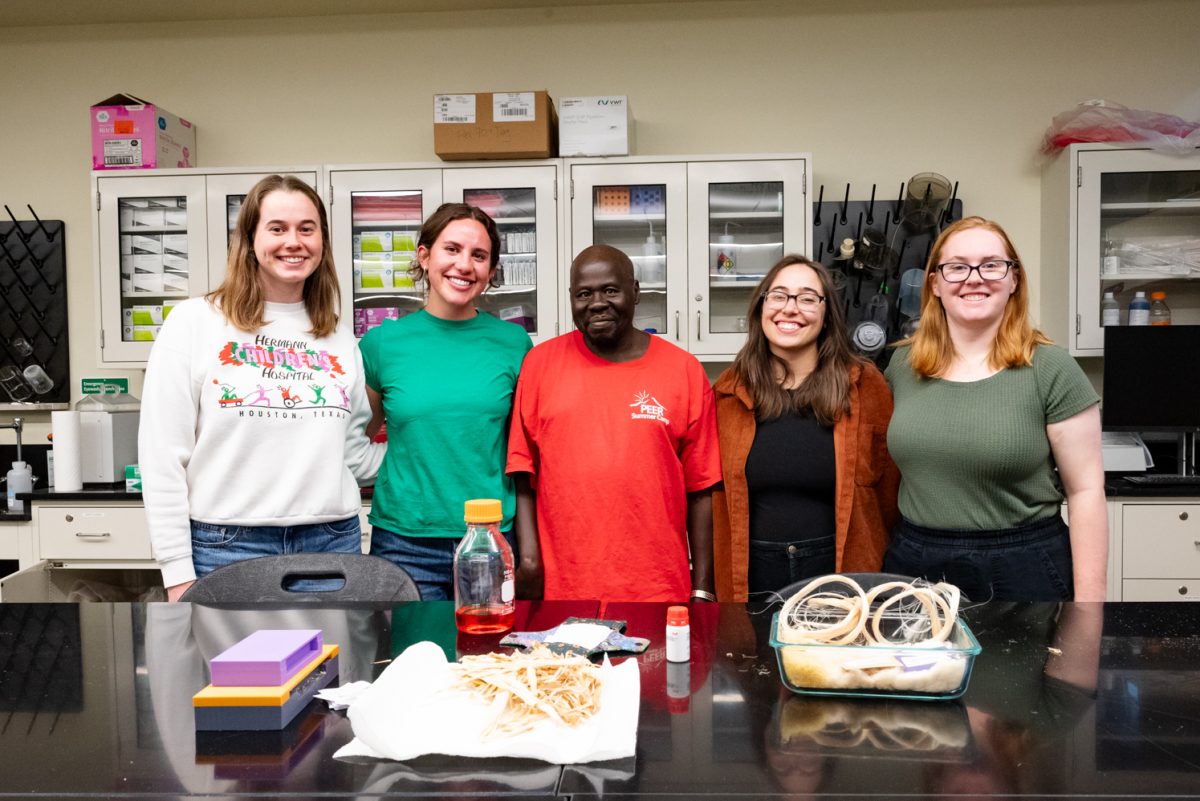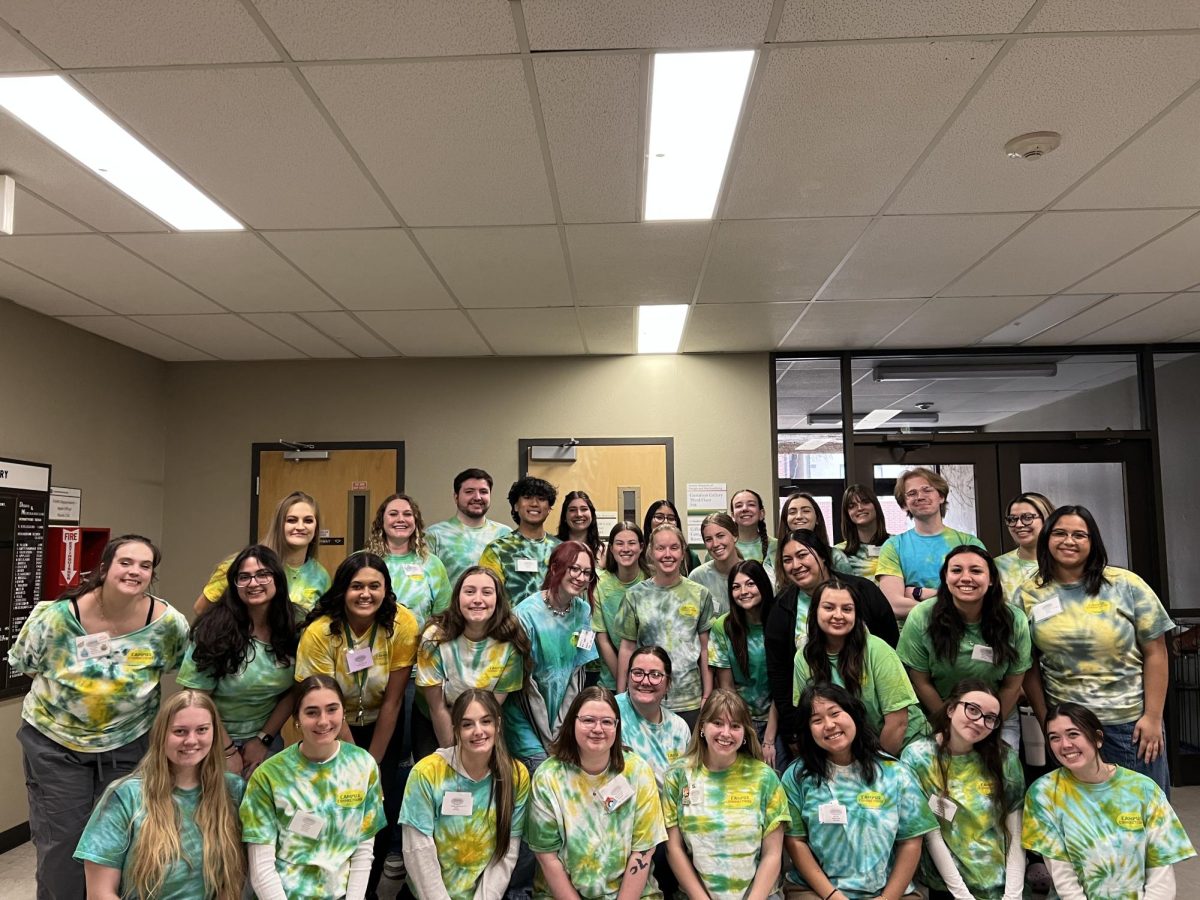Deteriorating steel infrastructure, like dams and locks constructed in the 1920’s, has attracted the attention of researchers at Colorado State University.
For the past two years, Hussam Mahmoud, assistant professor in the department of civil and environmental engineering, and engineering master’s student Bashir Ahmad Ahmadi, have researched new ways to repair the aging structures.
Mahmoud and Ahmadi are currently studying the effectiveness of adhering carbon fiber composites to cracks in steel structures.
Over time, locks and dams being to crack and corrode after experiencing extreme loads on a regular basis. Traditionally, when a steel structure begins to crack, the damaged pieces are welded back together. However, Mahmoud said welding is ineffective on these structures because it can initiate more cracks.
“The last thing you want is to have these cracks propagating in an unstable manner,” Mahmoud said.
Mahmoud and Ahmadi discovered that by adhering the composites to the damaged steel, crack propagation can be slowed or stopped. Mahmoud said the composites, which act like a band-aid over the cracked steel, have proven to be an effective long-term solution.
“It is permanent as long as the carbon fiber does not come off,” Mahmoud said.
The researchers plan on investigating ways to prevent the composites from detaching. One solution would be to anchor the composite with a bolt instead of an adhesive, Mahmoud said.
Overall, the researchers have been successful. They began their work on computer models, transitioned into lab tests, and are now refining their lab experiments in the field.
“We are finding out (carbon fiber composites) are working quite well,” Mahmoud said.
Ahmadi said, so far, the most challenging aspect of this project was constructing the tank for their experiments that mirrored real-world conditions.
The researchers constructed a glass tank filled with water, salt and suspended sand particles. The glass and sand were used to mimic the conditions of the rivers where locks are constructed. The cracked steel plate was submerged in the water and subjected to cyclic rolling conditions to represent traditional lock movement.
Ahmadi said it was difficult to construct a glass structure that did not leak and allowed the researchers to observe the crack in the steel, yet could also withstand 120,000 pounds of force. The tank had to be tight enough that it did not leak, yet flexible enough that it did not break, Mahmoud said.
“That was a little challenge, but we figured it out,” Ahmadi said.
Mahmoud said that this research is important because it can provide a cost-effective solution to infrastructure replacement projects. He said replacing a lock is an incredibly expensive process that takes a long time. The Army Corps of Engineers, the funding agency for infrastructure projects, is in favor of this solution because it can save money and minimize time spent waiting for replacements.
“We are suffering from deteriorated infrastructure and we just don’t have the money to go and replace things,” Mahmoud said. “We have to fix them, and replace them if needed, but in a smart way.”
Currently, CSU is on the forefront of this research. Besides a vague article published by the Australian Navy on applying this technology to ship structures, Mahmoud said that he has been hard-pressed to find published information on this subject. However, he is hopeful that this work will inspire others to research this solution.
“My hope is that once we publish it’s going to take off,” Mahmoud said.
Overall, Mahmoud said that he is inspired to continue this research because of its capacity to benefit society.
“When you apply some of the basic, fundamental concepts of fracture mechanics …to something that (is) fundamentally important to help your community and society, you can see the benefit of it right away,” Mahmoud said.
Collegian reporter Nataleah Small can be reached at news@collegian.com or on Twitter @NataleahJoy.








